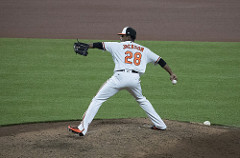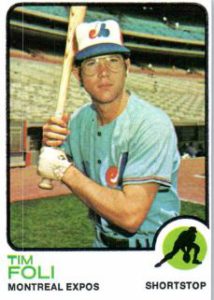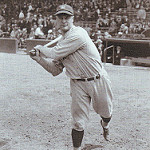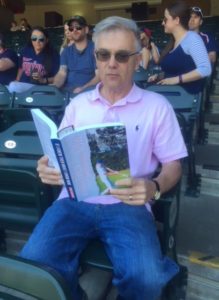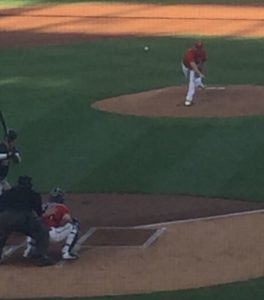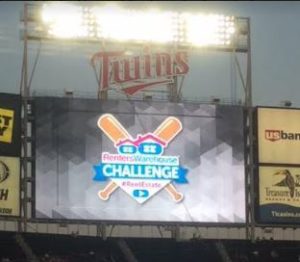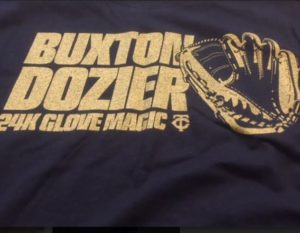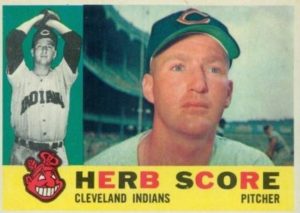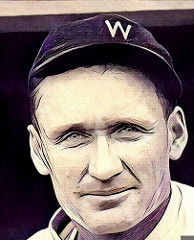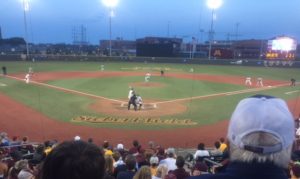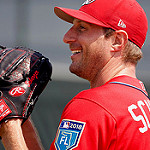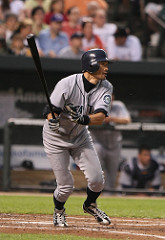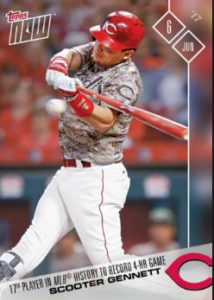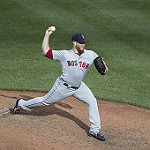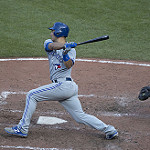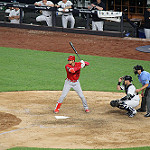 For fans of W.P. Kinsella’s book “Shoeless Joe” or the movie “Field of Dreams,” today (June 29, 2018) marks the 113th anniversary of Archibald “Moonlight” Graham’s only MLB appearance. Graham’s major league experience – which consisted two defensive innings (in which he had no fielding chances) in right field for the Giants – was, of course, immortalized in the book and movie. In real life, Graham was brought in to play right field in the bottom of the eighth (for trivia buffs, replacing George Browne). The Giants were up 10-0 over the Brooklyn Superbas (Dodgers) at the time. Graham was scheduled to bat fifth in the top of the ninth. The Giants almost got him that elusive MLB at bat, scoring one run in the top of the ninth, but leaving Graham on deck when the final was made.
For fans of W.P. Kinsella’s book “Shoeless Joe” or the movie “Field of Dreams,” today (June 29, 2018) marks the 113th anniversary of Archibald “Moonlight” Graham’s only MLB appearance. Graham’s major league experience – which consisted two defensive innings (in which he had no fielding chances) in right field for the Giants – was, of course, immortalized in the book and movie. In real life, Graham was brought in to play right field in the bottom of the eighth (for trivia buffs, replacing George Browne). The Giants were up 10-0 over the Brooklyn Superbas (Dodgers) at the time. Graham was scheduled to bat fifth in the top of the ninth. The Giants almost got him that elusive MLB at bat, scoring one run in the top of the ninth, but leaving Graham on deck when the final was made.
Graham’s professional baseball career stretched from 1902 to 1908 – with minor league stops in Portsmouth, Virginia; Charlotte, North Carolina; Nashua, New Hampshire; Manchester, New York; Scranton, Pennsylvania; Binghamton, New York; and Memphis, Tennessee. His best season was 1906, when hit .329 in 136 games, while splitting time between the Scranton Miners (Class B) and Memphis Egyptians (Class A). After leaving baseball, Graham went on to a medical career, serving the people of Chisholm, Minnesota for five decades.
Some Moonlight Graham Tidbits:
- Graham was born in Fayetteville, North Carolina on November 12, 1879.
- It would be an understatement to say the Graham family was “well-educated.” Moonlight Graham’s parents both held college degrees – and Moonlight and his eight siblings ALL earned college degrees.
- Graham earned a Bachelor’s Degree (1901) from the University of North Carolina, where he played three seasons of varsity baseball (and captained the team).
- Even while pursuing a professional baseball career (after graduating from UNC), Graham continued his education – at The University of Maryland (Baltimore) Medical School. Under the collegiate rules at the time, his professional status did not prevent him from playing college sports, and Graham played football and baseball at Maryland in 1905 and 1905.
- Graham joined the New York Giants In May of 1905, shortly after graduating from the University of Maryland School of Medicine.
- In 1906, his .336 average with the B-Level Scranton Miners led the New York State League.
- After retiring from professional baseball and setting up medical practice in Chisholm, Minnesota, Graham played on a number of local town ball and semi-pro clubs in the area.
- Graham served as the official physician for the Chisholm School system for more than forty years; he also gained significant recognition was his resarch on childhool hypertension and his reported to never have missed a day’s work in his 40+ years on the job.
- In 1993, the Doc Graham Scholarship Fund was established, each year providing financial recognition to a pair of Chisholm High School graduating seniors.
For more on Moonlight Graham’s life and career – in baseball and medicine – BBRT suggests the book Chasing Moonlight: The True Story of Field of Dreams’ Doc Graham by Brett Friedlander and Robert Reising.
COMING SOON – BBRT’S JUNE MLB WRAP UP.
Primary Resources: Society for American Baseball Research; ChasingMoonlight: The True Story of Field of Dreams’ Doc Graham (Brett Friedlander & Robert Lansing; 2011, John F. Blair Publisher); Baseball-Reference.com
